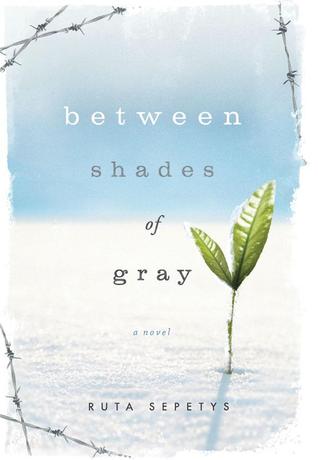 In this heartbreaking story, based on real life events and characters, debut novelist Ruta Sepetys recounts the horror of life in Stalin’s prisons during World War II and after. With searing detail this gifted writer drags the reader into the horrors of life under the Soviet Union for any who came into conflict with the system. Sepetys never lets the reader look away from the brutality. She piles on the suffering and the struggle, from hunger, disease, humiliation, and deprivation, but she also relates the beauty and persistence of love even under extreme duress.
In this heartbreaking story, based on real life events and characters, debut novelist Ruta Sepetys recounts the horror of life in Stalin’s prisons during World War II and after. With searing detail this gifted writer drags the reader into the horrors of life under the Soviet Union for any who came into conflict with the system. Sepetys never lets the reader look away from the brutality. She piles on the suffering and the struggle, from hunger, disease, humiliation, and deprivation, but she also relates the beauty and persistence of love even under extreme duress.
In the early morning of June 1941, NKVD forces of the Lithuanian Army arrest 15 year old Lina, her younger brother Jonas, and their mother. Loaded onto a cattle car, along with other “traitors” to the Communist Rule in Lithuania, they are shipped to forced labor farms. From there they end up in Siberia. In both prisons they suffer brutal conditions, starvation rations and violence. Sepetys’s story, however, never descends into utter hopelessness. In the face of unspeakable treatment, Lina’s mother demonstrates for her children, and all those around them, both prisoners and guards alike, how to hold onto one’s humanity and see the world through another’s eyes, even when all seems lost.
Sepetys explains in an Author’s Note that twenty million people suffered and died in Stalin’s camps, and that this forgotten history must be remembered, because history forgotten is history relived. As she herself writes, these victims “chose love over hate and that even through the darkest night, there is light.”
In reality, though, her story reminds us of an even deeper truth: that evil and hate can only be conquered by kindness and love, even in the face of death.
Violence – V -Violence is realistically portrayed but not gratuitous or gruesomely described
Sex – S — Sexual violence not openly portrayed but hinted at.
